Grapes have been grown in the Middle Kingdom for more than two thousand years. The diplomat and historian Herbert Alan Giles asserted that the plant and the knowledge were brought to China from the Greek Kingdom of Bactria by Chang Chi’en in 126BCE. However, grape wine represented an insignificant portion of Chinese liquor production until much more recently.
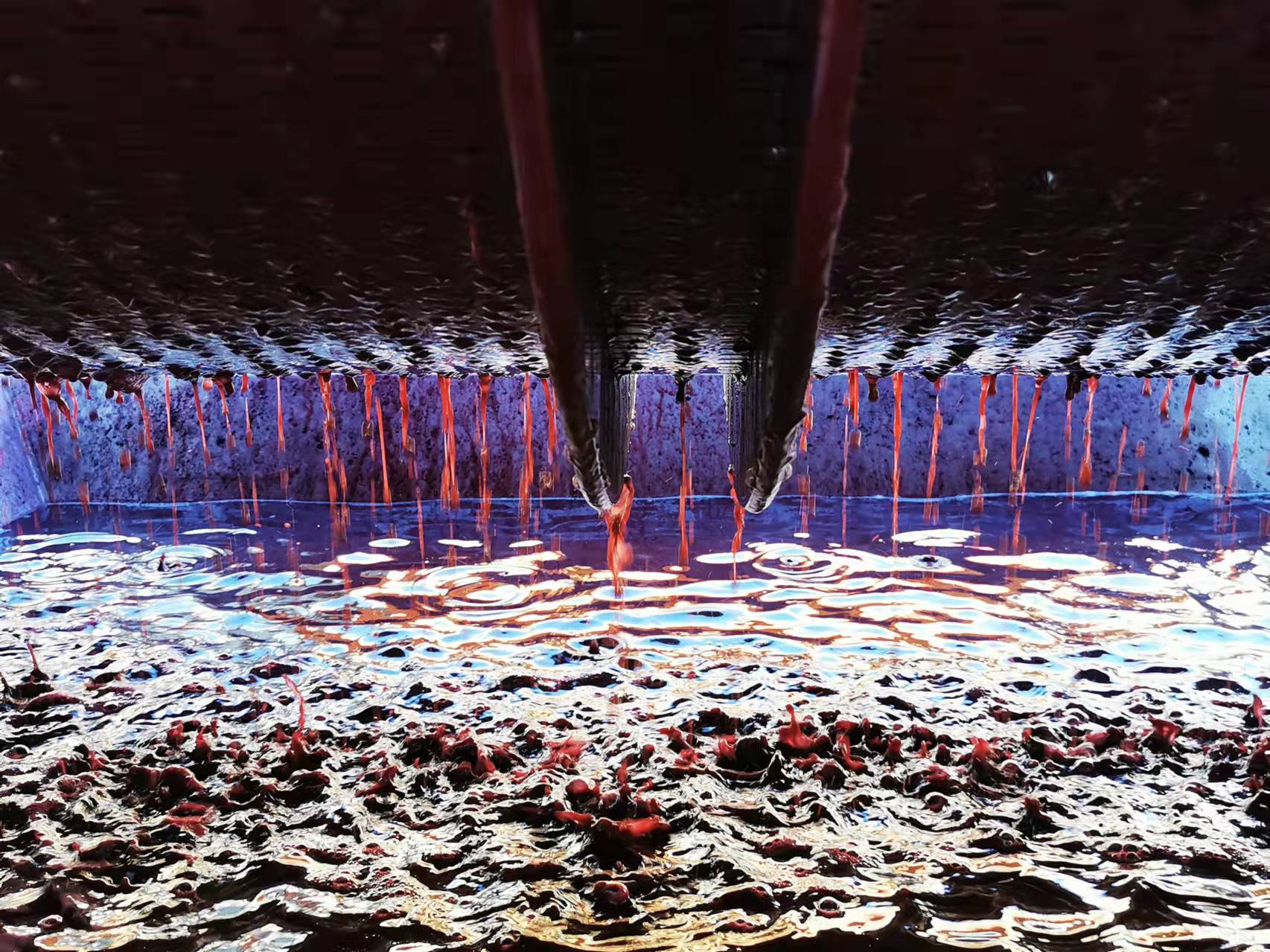
Grapes are crushed and pressed by machines, rather than the ancient way: by foot. Image via September Helan
In 1892, an officer of the Qing government established the Changyu winery in Yantai, Shandong province, which remains one of the country’s dominant brands. At the time of the founding of the People’s Republic of China, annual wine production was estimated at below 100,000 liters per year. Production capacity grew significantly during the 1980s as red wine became more popular in Asia. Fast forward to 2015, Forbes reported that China had squeezed past France into third place to take the silver medal in total vineyard-area with 799,000 hectares. Despite allowing China onto the podium for grape cultivation, the year prior saw France and Spain produce 4.67 billion and 4.16 billion liters respectively — far beyond China’s modest 1.11 billion liters. In 2015, China imported an additional 395 million liters of wine, of which a whopping 166 million litres was of French origin, as per Decanter.
Nonetheless, the government recognized the opportunity to capitalize on the favorable climate and labor costs of inland provinces. Where the big name brands like Changyu, Great Wall and Dynasty had focused on Eastern coastal regions, these new ‘sustainable economic development’ and ‘natural resource management’ programs focused their sites on the Ningxia Hui Autonomous Region — specifically the eastern foothills of the Helan Mountain range. In 2003, Ningxia was growing only 2660 hectares of grapes. That number more than doubled by 2005 and then exploded to nearly 40 thousand by 2014.

The Helan Mountain range as seen from Yinchuan, the capital of the Ningxia Hui Autonomois Region. Image via @北极姑娘z/Weibo
In a surprise twist, the Ningxia government opted to incentivize the boutique ‘chateau winery’ strategy rather than allow the major players from the previous decades to monopolize production in the region. China’s obsession with imported wine is testament that many consumers in China view Changyu, Great Wall and Dynasty as cheap and unpleasant. The emphasis on quality, competition and reputation within the ‘chateau’ strategy aims to help Ningxia break into the international marketplace using the playbook of the world’s most storied wine regions.

Helan mountain is known for petroglyphs carved in the rock between 3,000 to 10,000 years ago. Image via @人民网宁夏频道/Weibo
Where the government does play a significant role is in organizing international winemaking competitions to promote the region. Furthermore, the Ningxia government sends the winemakers of Ningxia on trips around the world to learn and explore in the famous winemaking regions of France, Australia and elsewhere. The local universities and authorities are also focused on developing ways to modernize the industry as the demand continues to expand, as described in a paper published in EDP Sciences about sustainability in the region. Some projects aim to reduce the quantity of fertilizers used in the region, mechanize the labor intensive processes of cultivation and record crushed grape volumes as well as production volumes to prevent counterfeit wines damaging the Ningxia region’s reputation.
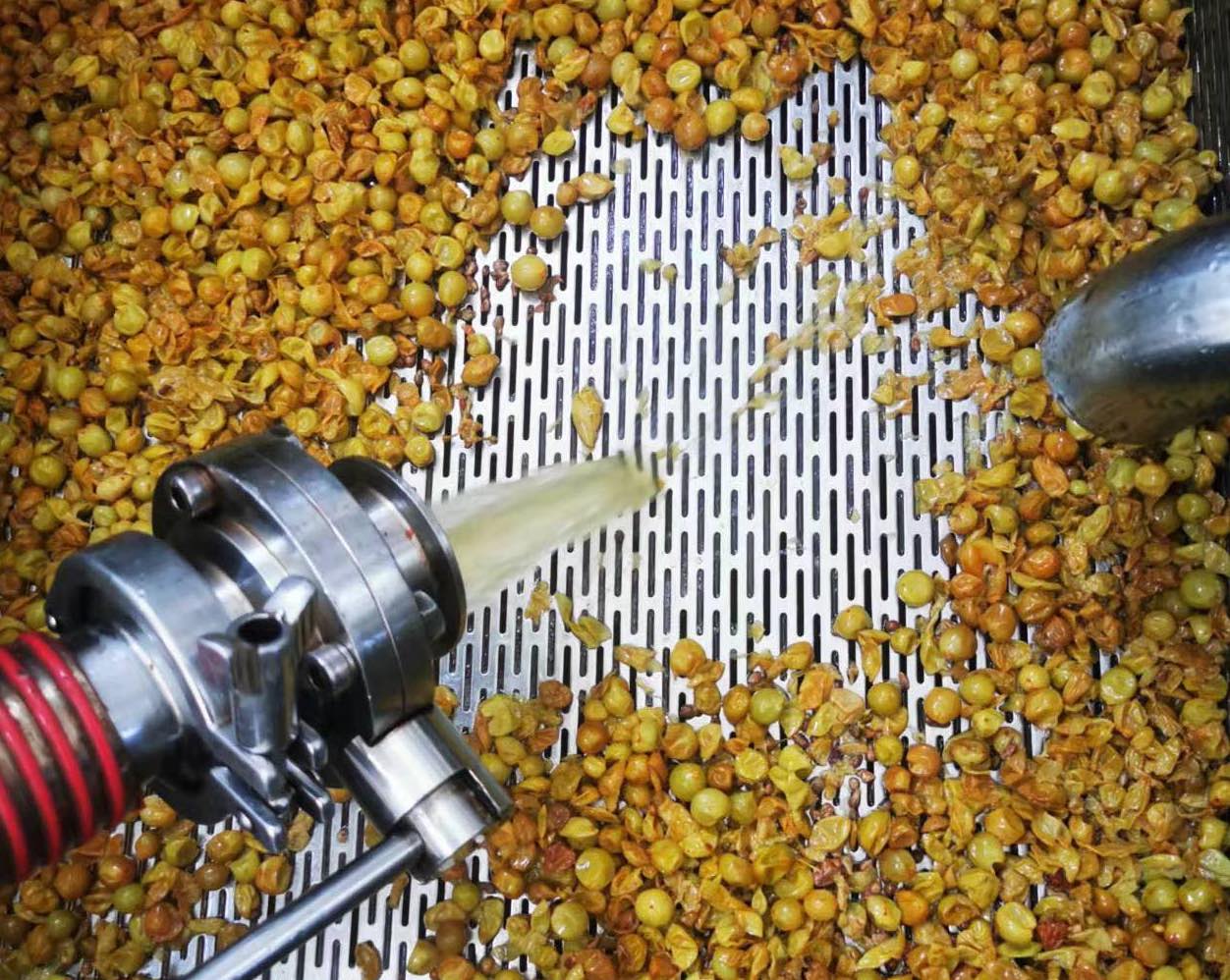
Orange wine, or skin-macerated white wine, is a process that uses the red wine process to make white wine. Image via September Helan
A government initiative approved in May of 2021 aims to bolster production in the region to rival one of the world’s most famous wine regions: Bordeaux, France. The goal outlined in the 15-year plan aims to increase production to 600 million bottles by 2035, surpassing the 522 million bottles produced in Bordeaux in 2020.
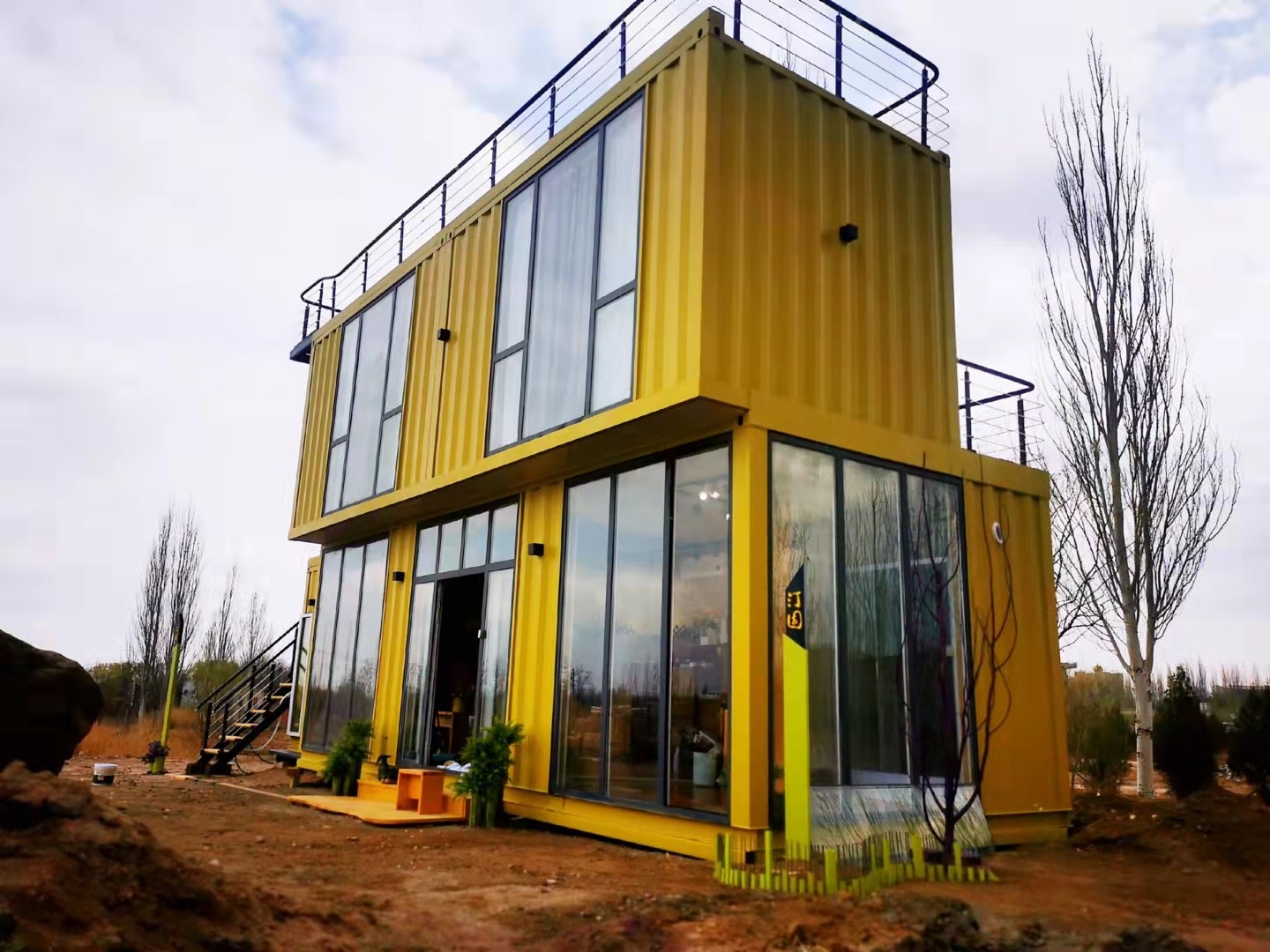
The tasting room at September Helan winery. Image via September Helan
Another benefit of the ‘chateau’ model has been the rise of winery tourism in the region. If production was limited to large scale mega-factories then we would be unlikely to see groups of tourists riding bicycles down country roads from one winery to another. One such ‘chateau’ is September Helan which opened in 2012. September Helan’s winemaker is Gao Yujie who got her Master’s in winemaking at Ningxia University. She tells us that small wineries can optimize the specific ‘terroir’ or soil composition of their vineyards and react to variable factors like the weather because they don’t need to standardize production the way large-scale wineries do.
That’s tried three of September Helan’s wines, all from the 2017 vintage. A dry chardonnay, petit verdot and a syrah.

We start with the chardonnay which retails for RMB148. It is an unoaked chardonnay fermented and aged in stainless steel barrels. We note a crisp freshness that tastes a little bit like apple with some floral aromas. It would definitely be a good wine to drink with spicy food like Hunan steamed fish heads, piled high with red chilis.
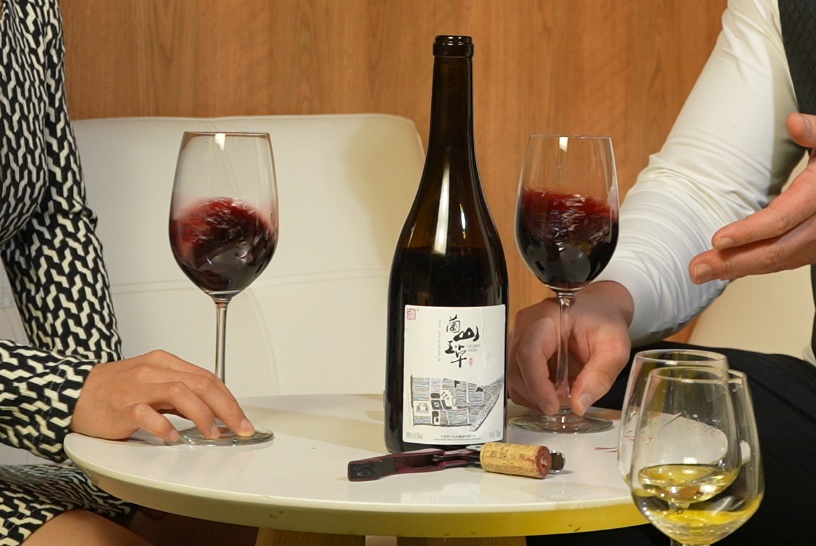
The second wine, at RMB260, is the petit verdot. Gao describes it as a full bodied wine with high enough acidity that it could be enjoyed with barbecue. This description seems accurate to us laypersons as it has a light tartness and residual sweetness, reminiscent of wild strawberries. It is certainly a wine that we might crack into over some fire roasted Xinjiang lamb gonads. The petit verdot is aged in French oak barrels for 12 months.
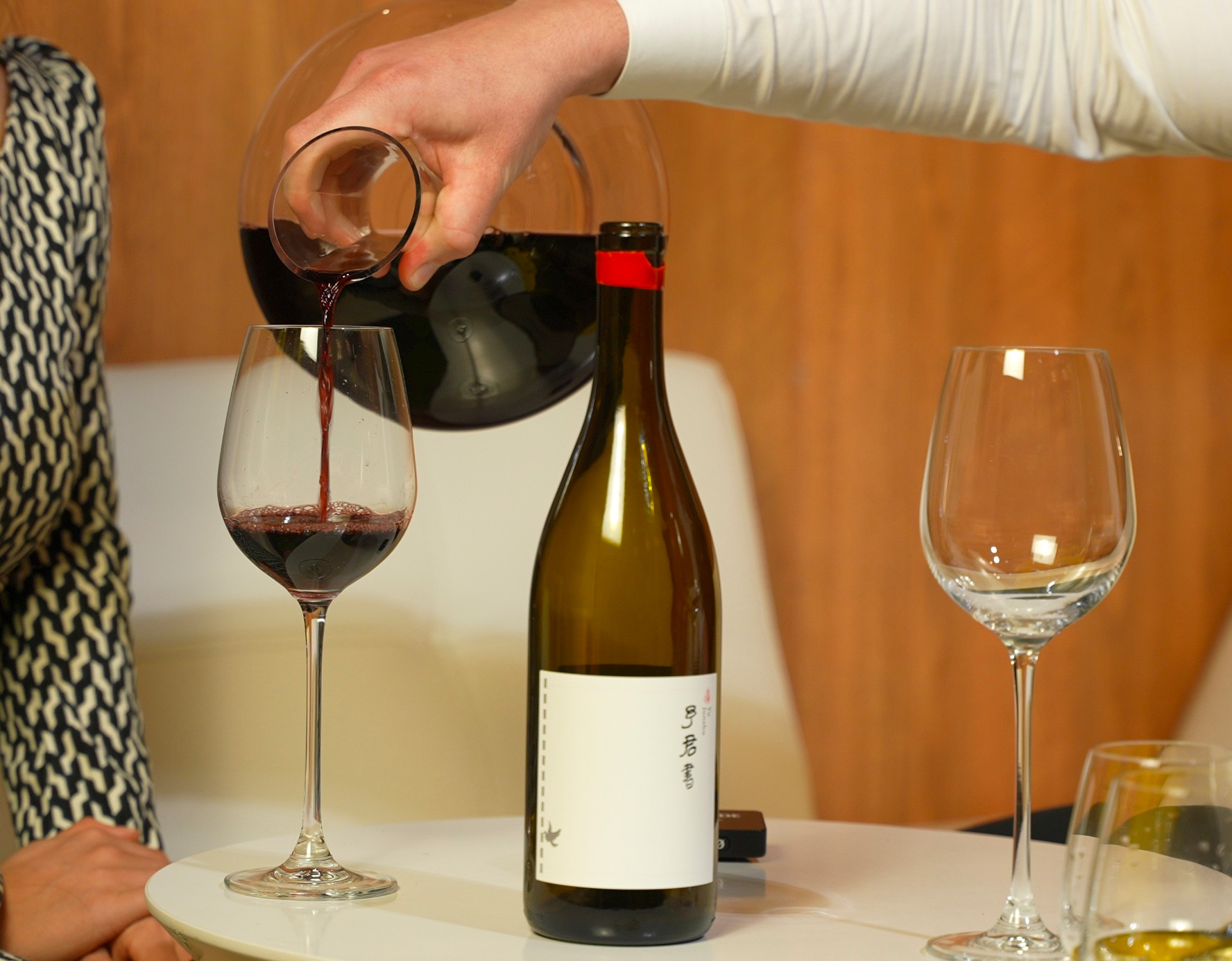
The flagship wine of September Helan is a syrah, also spending a year in French oak and selling for RMB388. This wine definitely needs to be decanted for the flavors to shine through. It's a big, bold red wine with a cherry-like fruitiness and well balanced tannins. It also has an elegant chocolate finish on the palate. This is a wine that could stand up to a proper steak — the tannins cut the fat but don't overwhelm the tastebuds.
The takehome message from our first Ningxia wine tasting is that Chinese wines have grown up and they're here to play with the big names. These wines were skillfully crafted with complex flavors and full finishes that we expect from regions like Chablis, Napa, Marlborough or Valpolicella. We look forward to exploring boutique wines from around China and sharing them with That's readers. Keep an eye out for the next wine feature in the April issue.
The wines we tried can be purchased from September Helan at the QR code below:

[Cover image via That's]





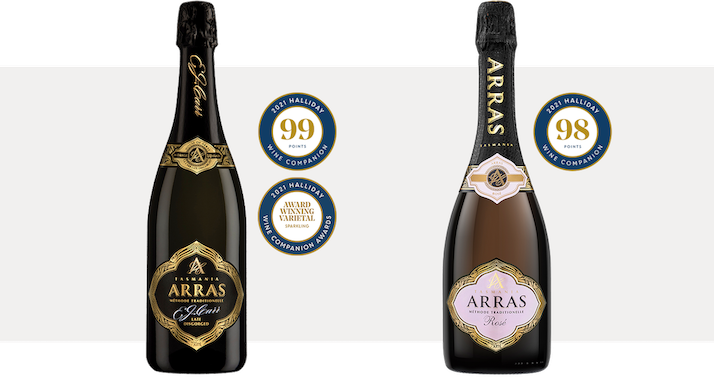

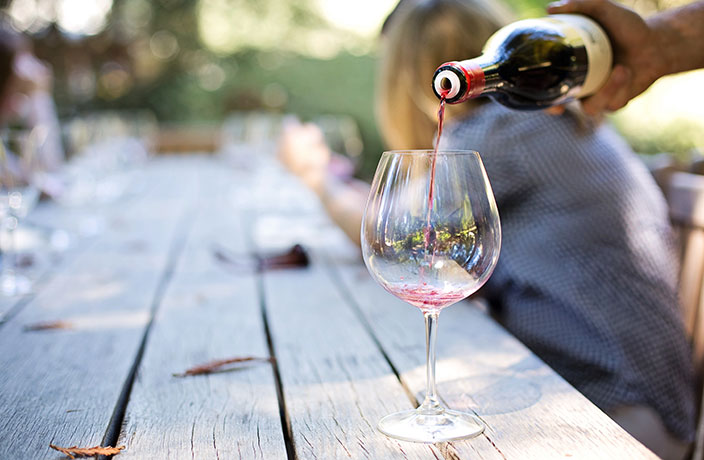














0 User Comments